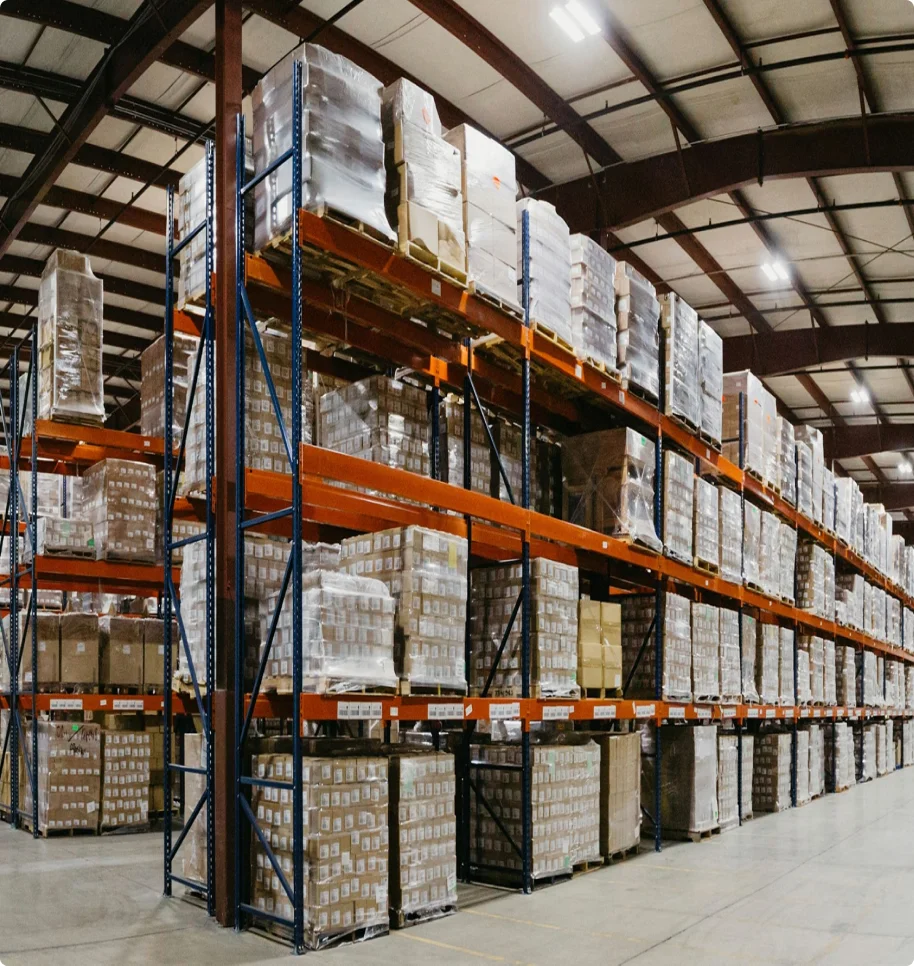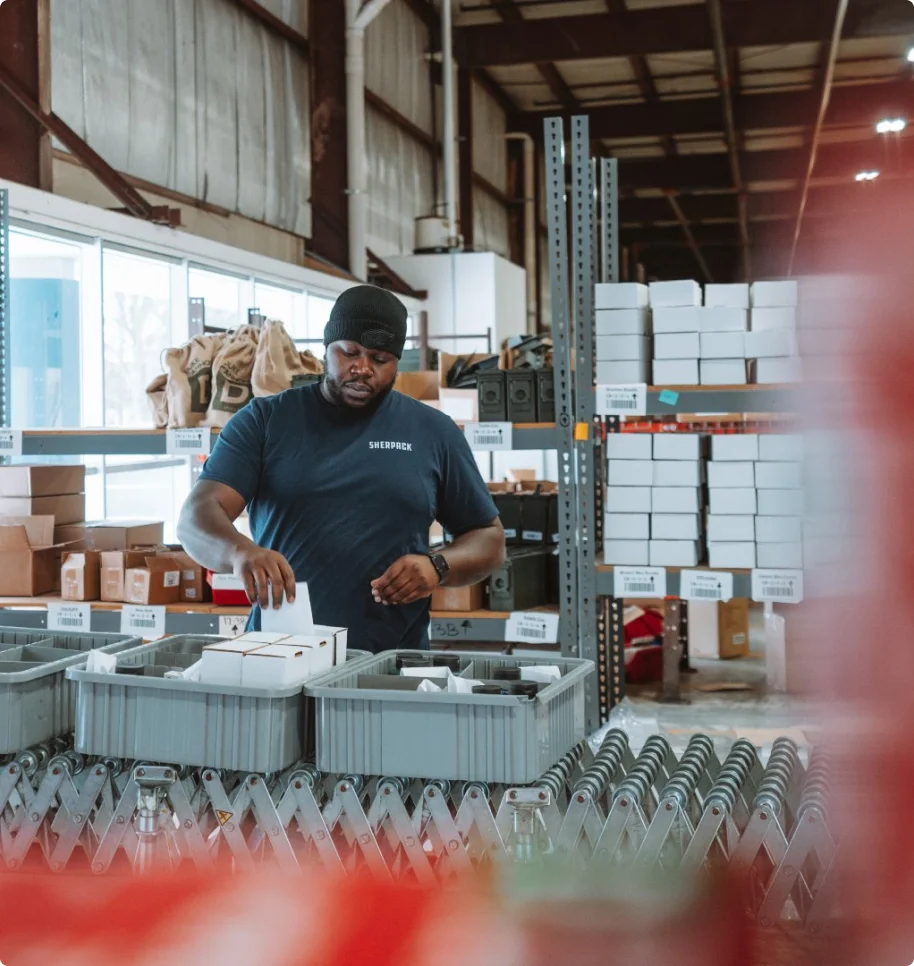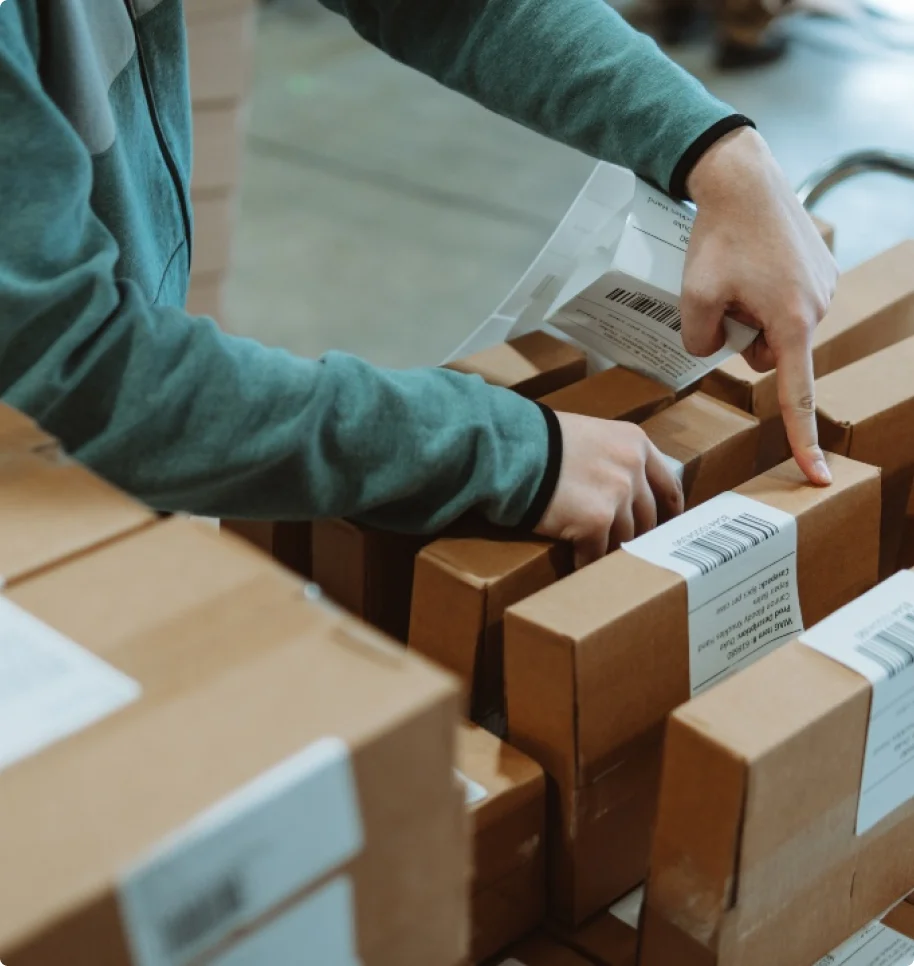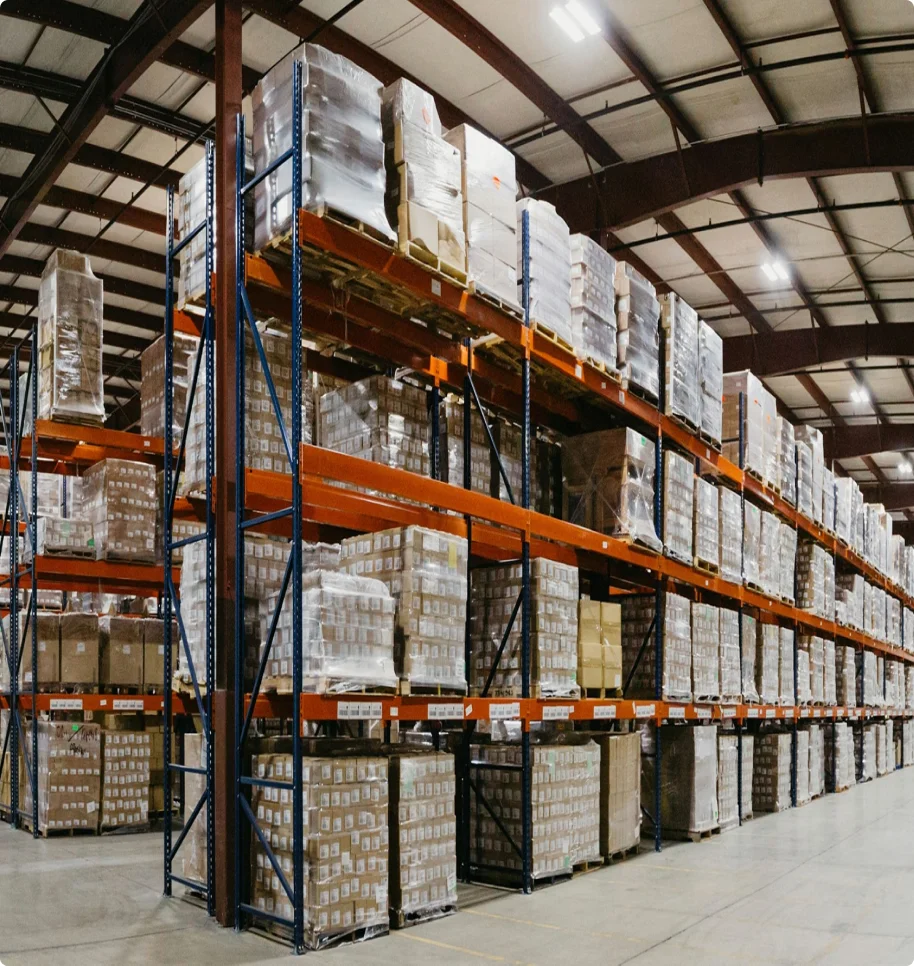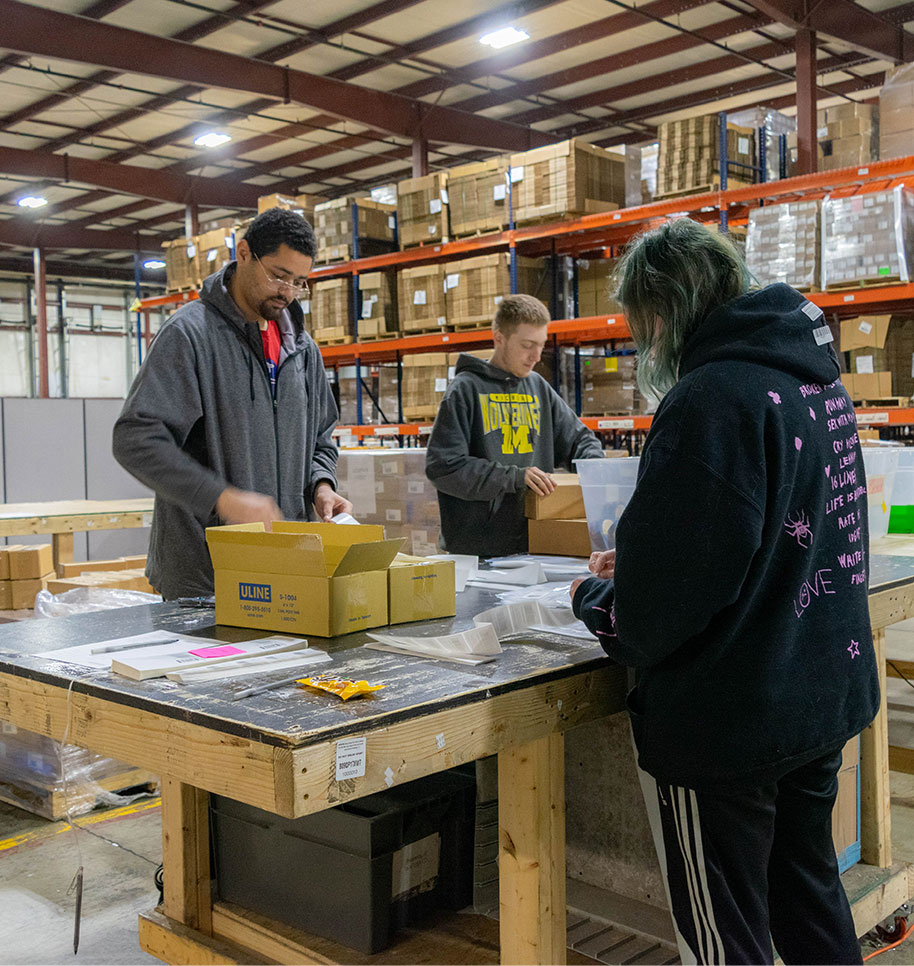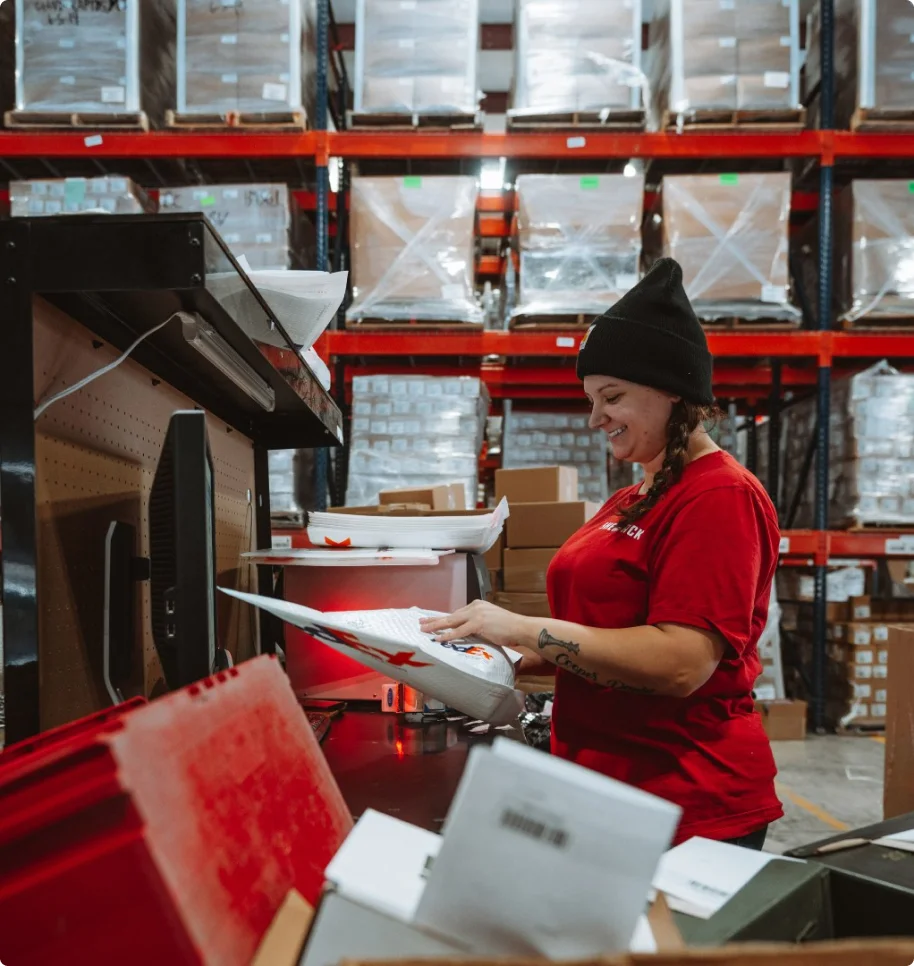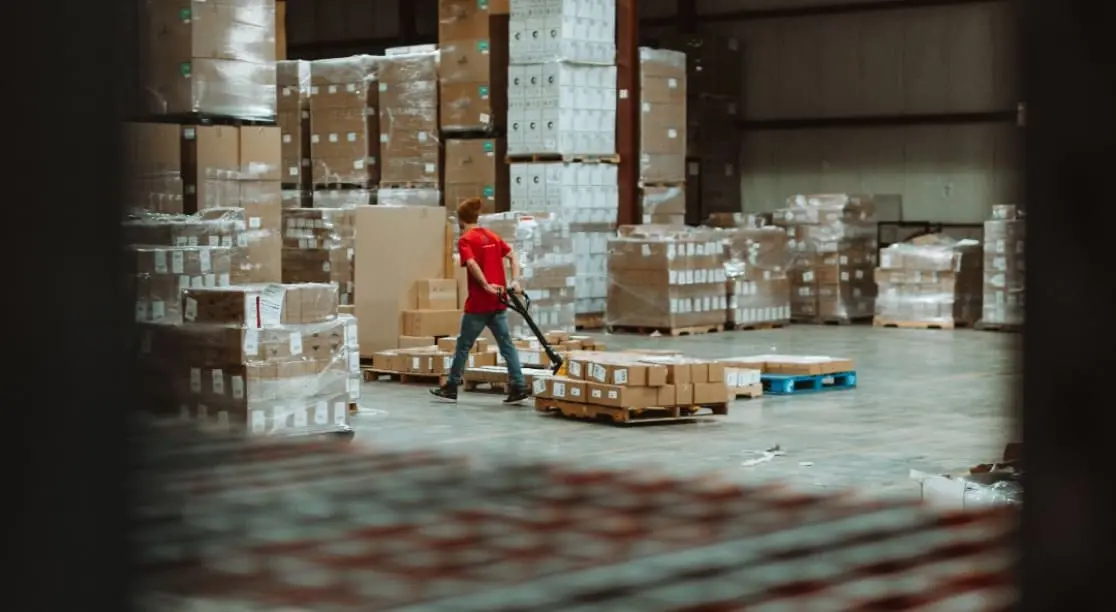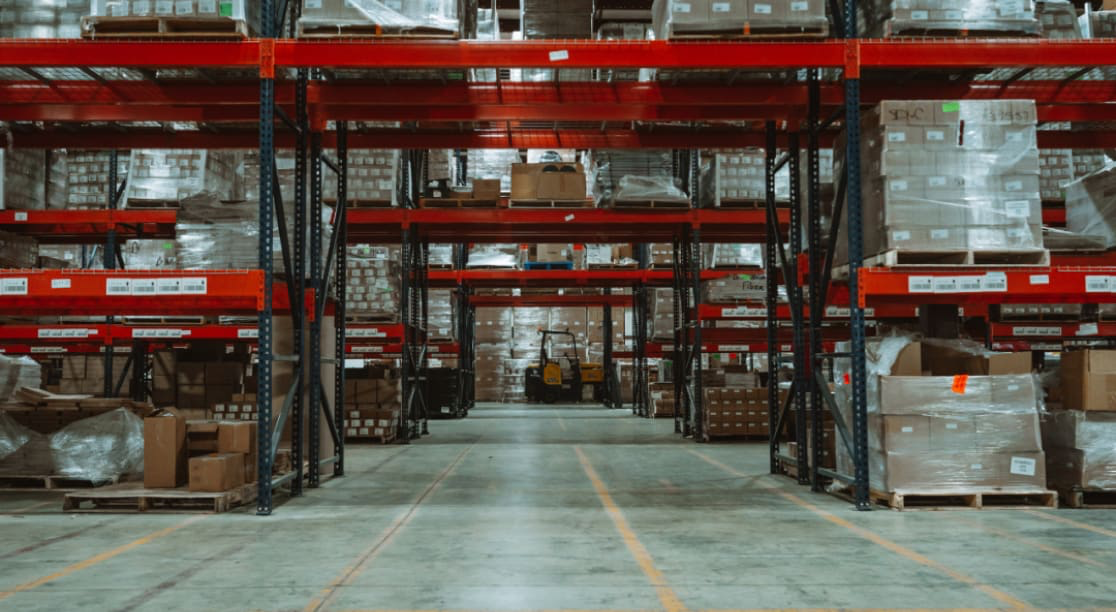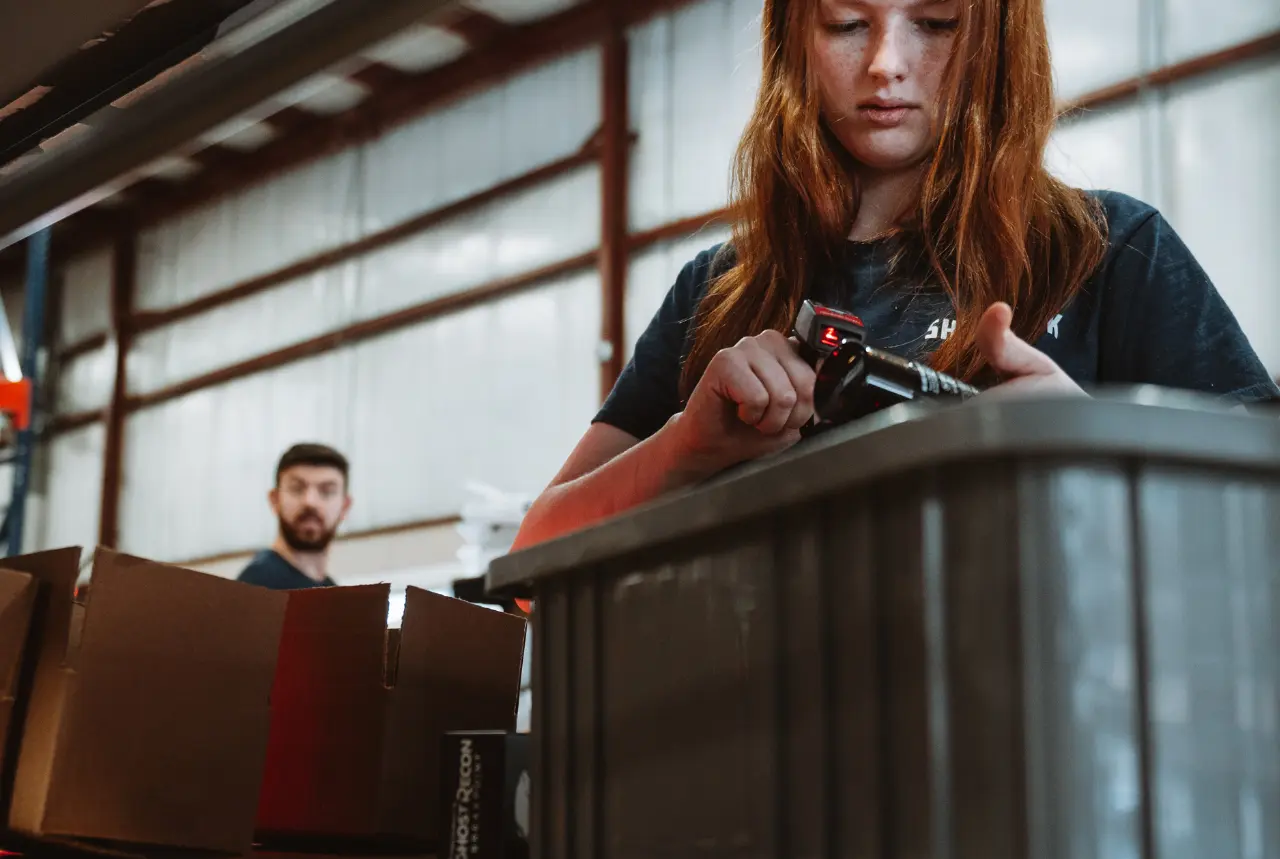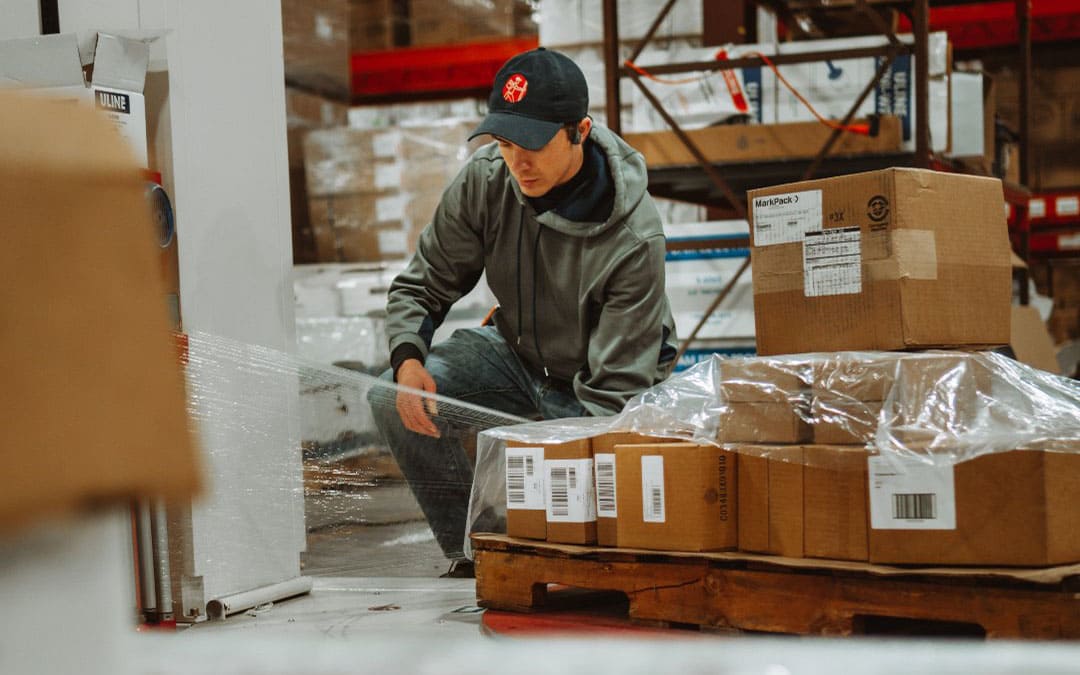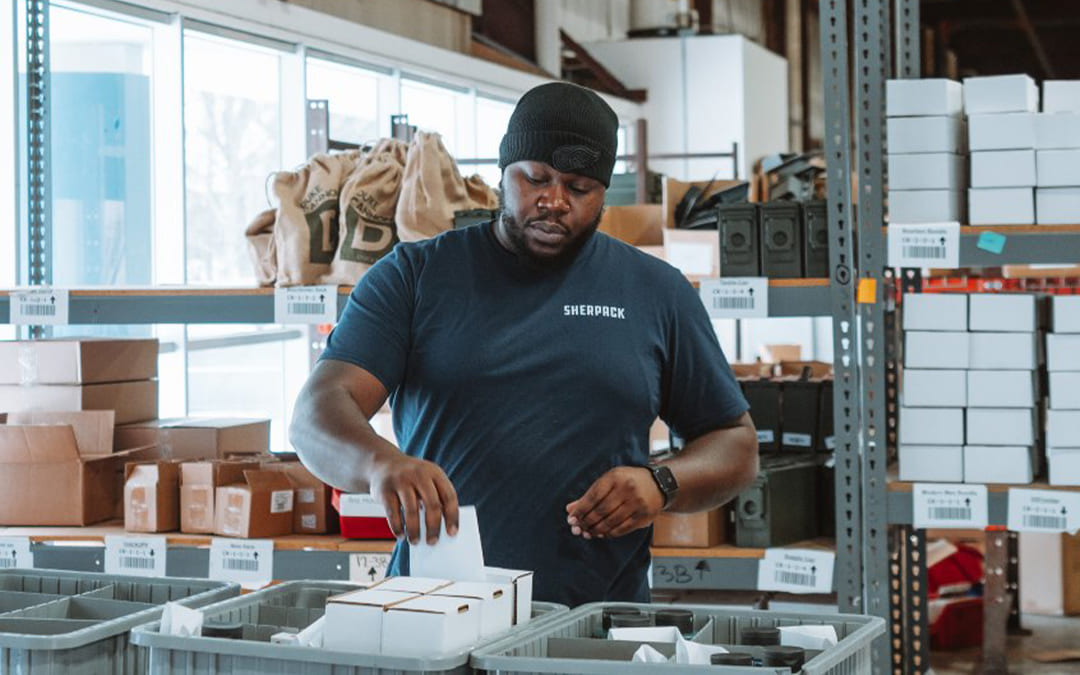Businesses today have an array of ways to track their inventory in fulfillment centers and beyond. Those options allow for many versatile approaches…along with some occasional confusion about what sort of product and shipping info is right for certain kinds of inventory. Today we’re taking a closer look at lot control and associated reports, a particular way of tracking inventory that’s very helpful for certain kinds of businesses!
What is Lot Control and How Does It Affect Shipments?
Lot control labels each incoming unit of inventory with a Lot ID number that identifies that particular shipment. There are two important qualities that make these Lot IDs important:
- They are assigned to inventory in batches, identifying when a specific batch was produced or manufactured.
- They are assigned Lot IDs based on when the inventory was created or shipped, with information when that particular product batch expires, if necessary.
5 Ways Lot Control is Used
Lot control is a key strategy whenever inventory may be affected by time or production issues. That includes any important or unexpected decisions businesses might have to make based on a timeframe. Here are several of the most common examples seen in warehouses today.
- Tracking goods with expiration dates: If inventory has any kind of expiration date, lot control is essential to help track it and show when that inventory needs to be shipped by, or if inventory has already expired and needs to be thrown out (something that lot control logistics help to avoid). That includes things like perishable food products, but also many medications and supplements, batteries, cleaners, products that are expected to be replaced with new versions in a high turnover industry, and so on.
- Finding contaminated goods: Perishable foods, especially produce, can be subject to contamination. Lot control allows businesses to track contamination based on when specific inventory came in, so they know how to identify the contaminated batches and remove them. Otherwise, the entire inventory needs to be destroyed by law, which is a major loss for the company.
- Dealing with defects and recalls: If a certain part is proven to have a defect, it’s typically recalled and replaced. Lot control allows companies to identify the specific batches with the defect, so they know exactly which products to recall, rather than needing to recall every similar product.
- Differentiating product batch types: You see this a lot with paints and clothing, even with lumber products: When colors or dyes are involved, many batches created at a production facility will have slight differences that are nonetheless often noticeable by the human eye. That’s why it’s important to ship from only one batch when delivering to a buyer. Lot control can also help make sure that re-orders from that buyer also come from the same batch so everything continues to match.
- Helping accounting: If your business uses FIFO (First In, First Out) or LIFO (Last In, First Out) accounting practices, then lot control can help provide all the necessary information to record exactly what inventory came in first or last.
How Do Lot Reports Help Businesses?
Lot reports are another key part of lot control. These reports provide all important information on the batches in a warehouse, including expiration dates, production dates, the number of units in the batch and their individual ID numbers, and more.
Lot reports aren’t of much use to modern companies unless they are connected to inventory management systems and similar software that can keep track of all lots in storage and generate reports whenever necessary.
Sometimes lot reports are created and sent automatically, especially when expiration dates are involved: This allows companies to switch around inventory if necessary to help get all units shipped in time to avoid expiration issues. Other lot reports are created on-demand in response to a particular issue. If products start coming back with defects, for example, a business can order lot reports for those units to quickly track down the batch (or batches) in question.
How is a Lot Number Different from a SKU Number?
SKU (stock-keeping unit) numbers are also used to identify and track products, and if your business has worked with SKUs before you may be wondering what the difference is compared to lot control.
SKUs are codes used to fully identify a particular unit of inventory. The SKU includes information on where and when the unit was manufactured, its price, any important descriptive details (color, size, etc.), how many are in stock, and often where the unit should be shelved.
Most SKU systems are used in the retail industry, especially when managing stock on hand, and by that time lot control is less of an issue unless a batch is contaminated. However, if SKUs are assigned to retail inventory when it is stored, those numbers can be pulled to create a lot report, so the two can easily work together. In these cases, every SKU in the batch would be listed and assigned a general lot number for tracking the entire batch. Lot numbers are just an easier way of keeping track of groups of products instead of individual units.
Sherpack’s Approach to Lot Reports
When working out lot control options, it’s important to find a fulfillment center that can create lot control reports that are compatible with your own inventory management system. Sherpack is happy to work with the current platforms that your business uses so that you get the lot information you need, when you need it! Let us know what you have in mind so we can help. We can support many major platforms or work with more unique needs.

